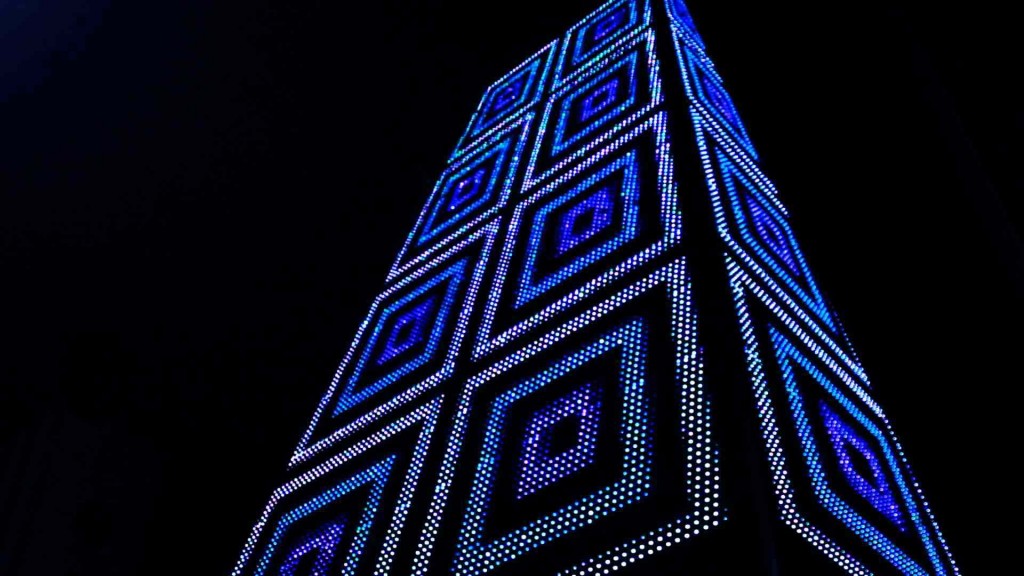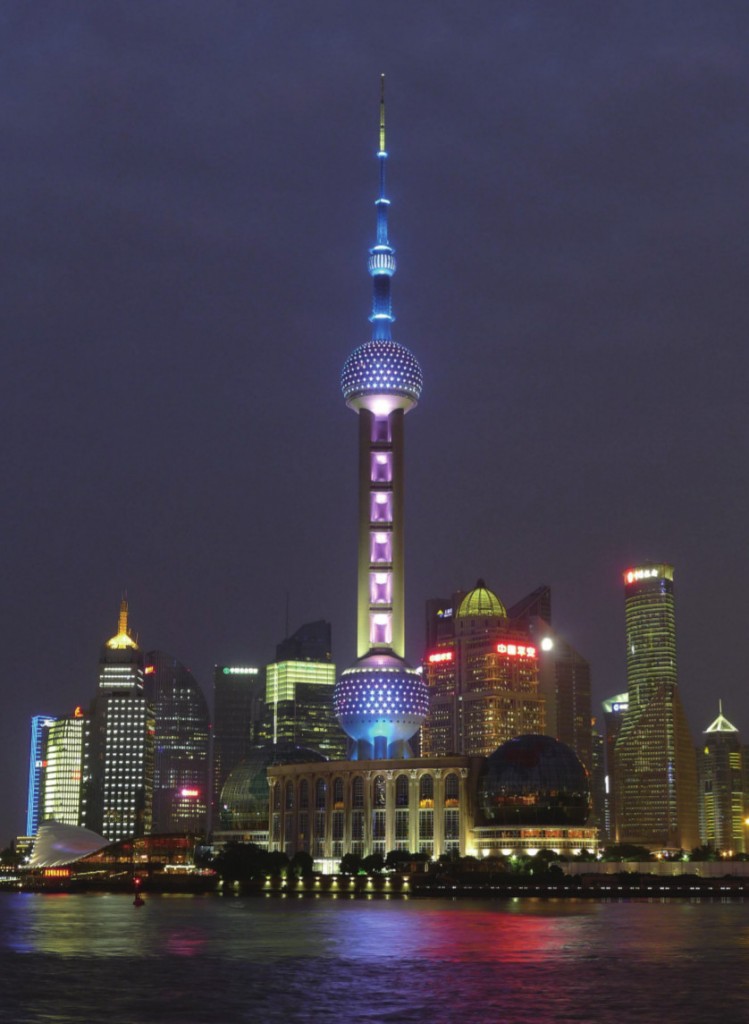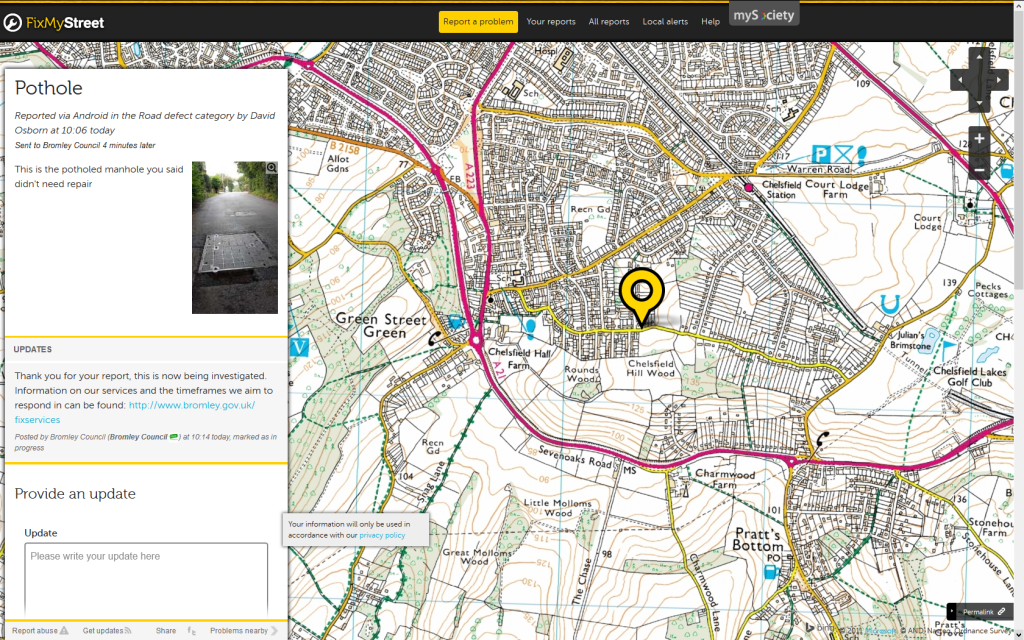 FixMyStreet is a pioneer project of the civic tech area. It is basically a web-application that lets citizens report problems with infrastructure in their city. The reports are then sent automatically to the responsible authorities, who should evaluate and eventually solve them. Potholes in the roads, broken street lights, abandoned vehicles can be easily marked in an online map, the web-app takes care of sending it to the local administration.
FixMyStreet is a pioneer project of the civic tech area. It is basically a web-application that lets citizens report problems with infrastructure in their city. The reports are then sent automatically to the responsible authorities, who should evaluate and eventually solve them. Potholes in the roads, broken street lights, abandoned vehicles can be easily marked in an online map, the web-app takes care of sending it to the local administration.
Unlike a project like Maerker, FixMyStreet was not started by local governments but by a non-profit organization called mySociety. Thus, the website does not take responsibility for resolving the problems reported, it just creates an easy way for the citizens to take action when they see some defect in the city’s infrastructure. This information is then forwarded to the corresponding authorities, who can process the requests and address the issues reported. The system should also prevent the repeated report of a single problem, streamlining the maintenance of infrastructures in the city. The application is now offered as a service to city councils.
As most of the web-based applications, FixMyStreet works across different platforms: desktop and mobile devices are supported and it can be accessed through the browser or through their own app. Since its launch back in 2007 the project has inspired other projects in other cities in all corners of the world. Similar applications have been created in Australia, Canada, Korea, New Zealand, Japan among others. As the code of the application is open source, other cities have continued its development, adding new features and adapting it to the particularities of each administration. For example, the Norwegian Unix User Group (NUUG) implemented FiksGataMi, adding support for openstreetmaps, and making many improvements to the code.
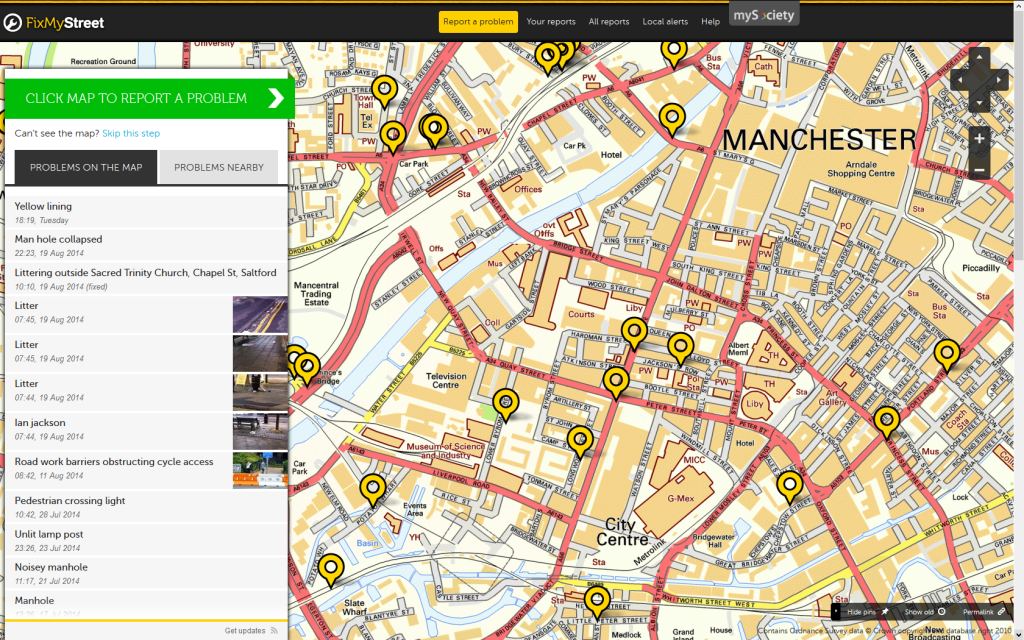
Credits:
Screenshots: FixMyStreet
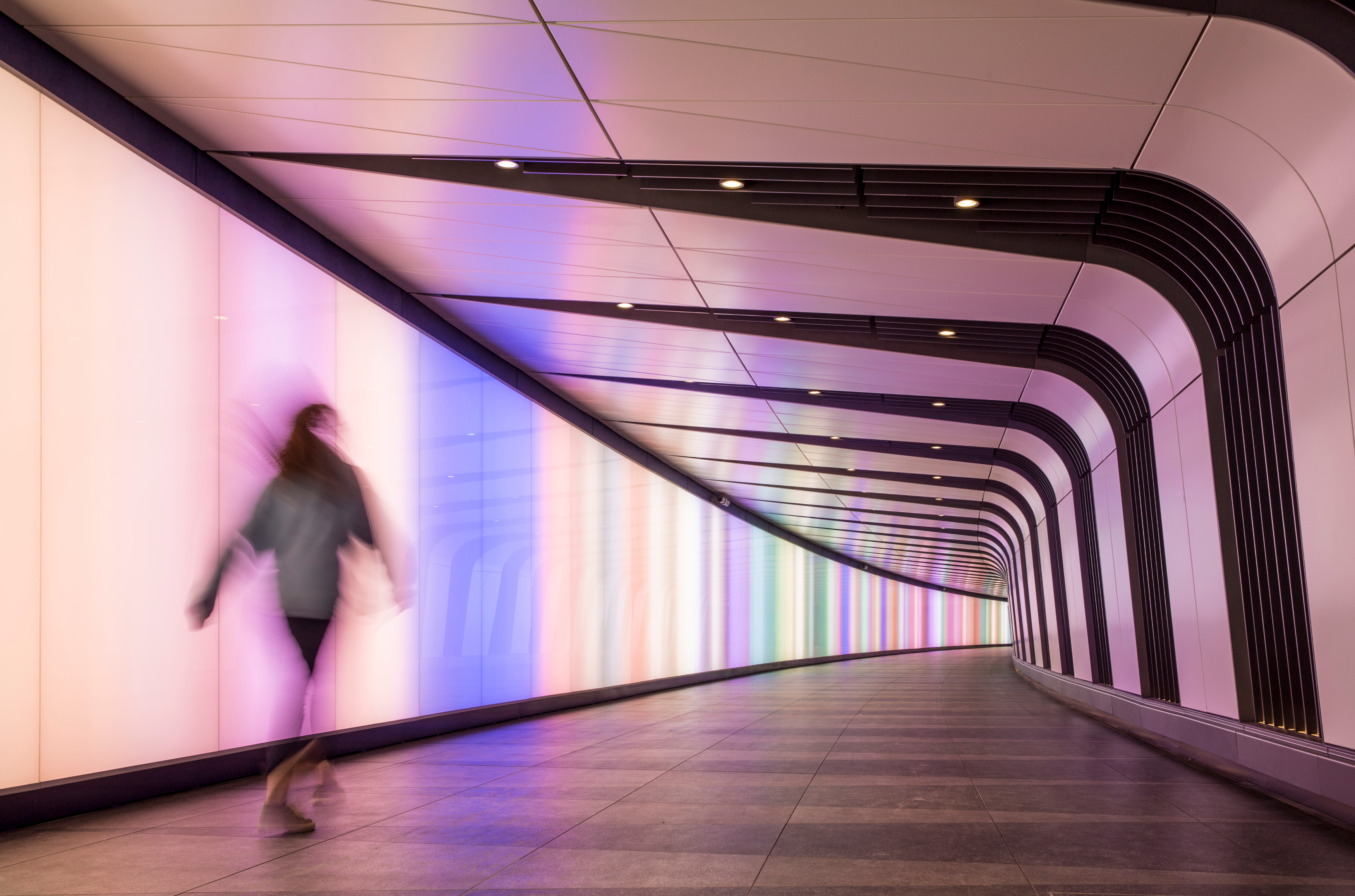 Pipette is a light installation located at the new subway entrance tunnel of Saint Pancras Square, in King’s Cross, London. The tunnel was built to create a link between King’s Cross and St Pancras stations; a path that is used by 100.000 person per day. The light wall is the main feature of the tunnel, located on the outside of the curve, measuring nearly 100m long. It was conceived by Speirs & Major, with the artwork created by Miriam Sleeman (Cross Kings) and Tom Sloan Design.
Pipette is a light installation located at the new subway entrance tunnel of Saint Pancras Square, in King’s Cross, London. The tunnel was built to create a link between King’s Cross and St Pancras stations; a path that is used by 100.000 person per day. The light wall is the main feature of the tunnel, located on the outside of the curve, measuring nearly 100m long. It was conceived by Speirs & Major, with the artwork created by Miriam Sleeman (Cross Kings) and Tom Sloan Design.
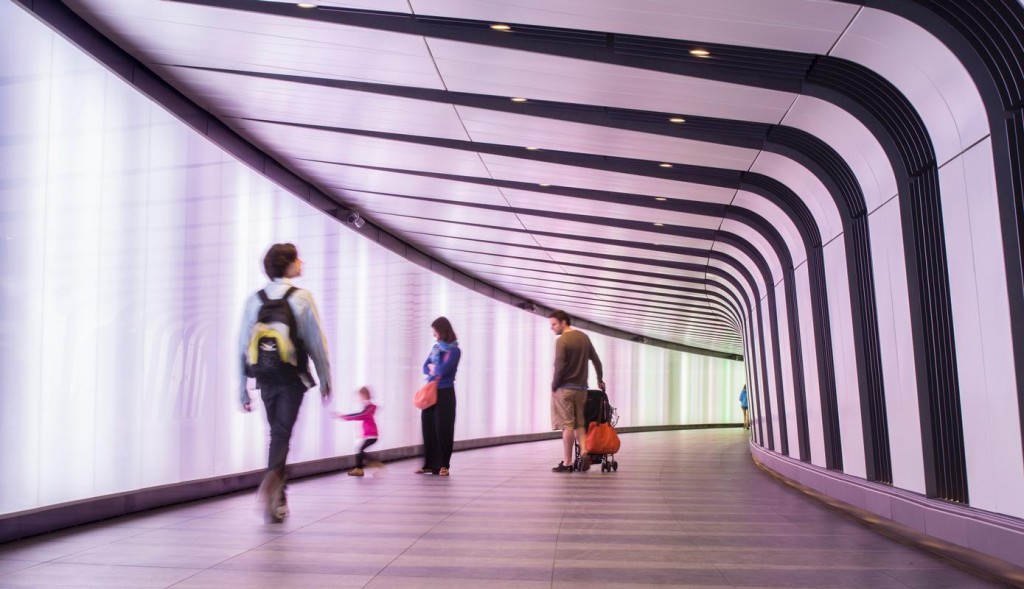
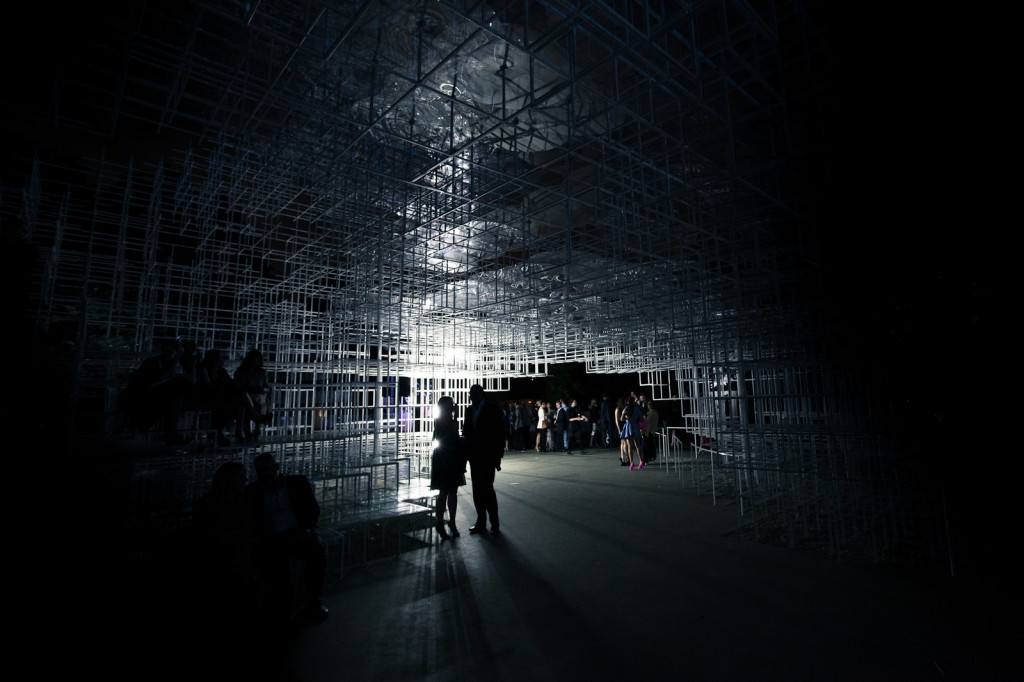 In 2013 the
In 2013 the 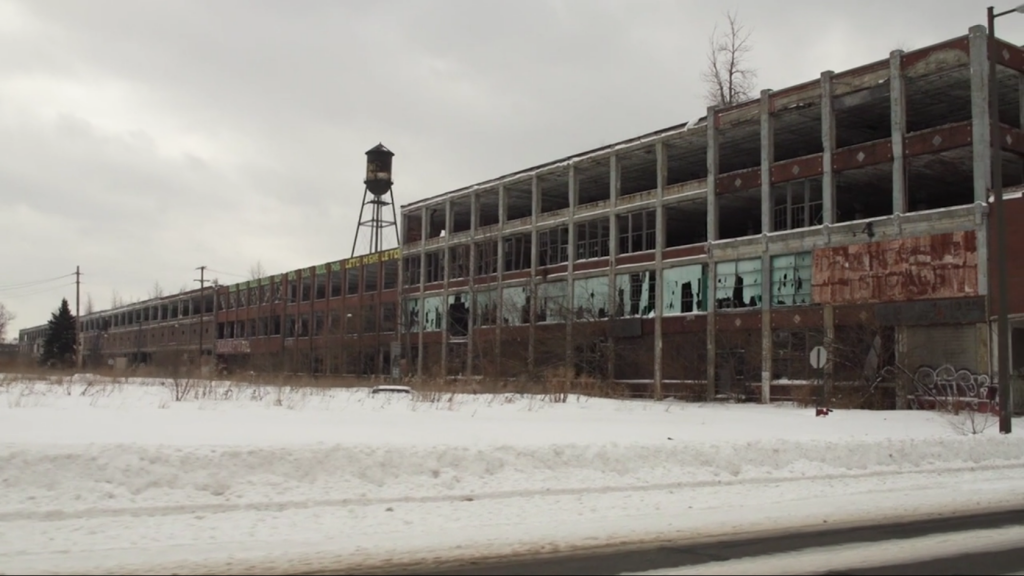
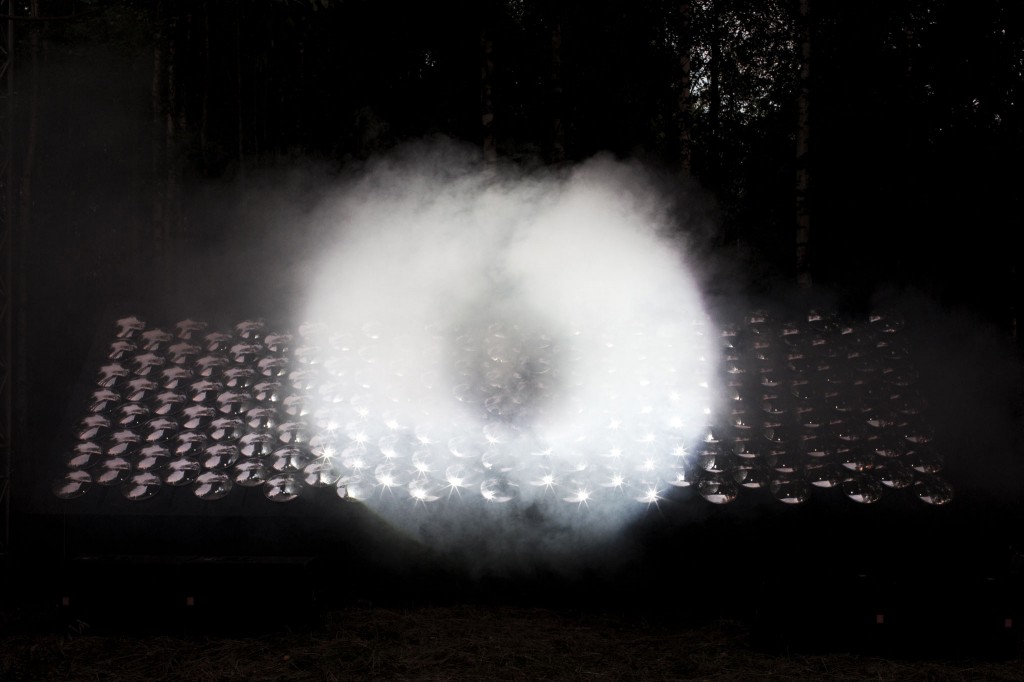 Light Barrier is an art installation by
Light Barrier is an art installation by 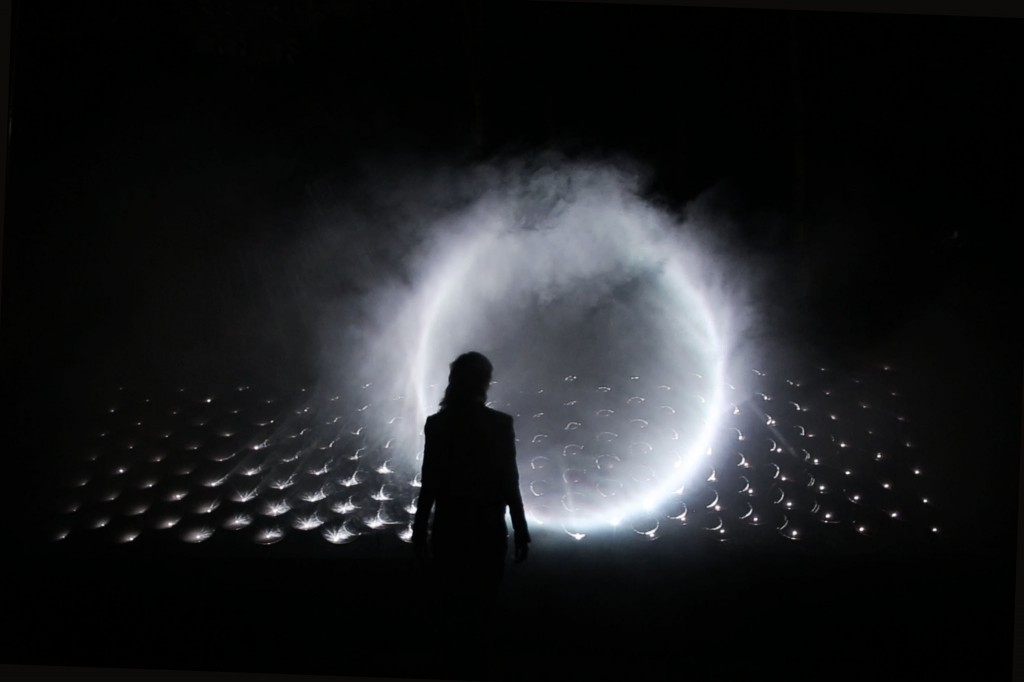
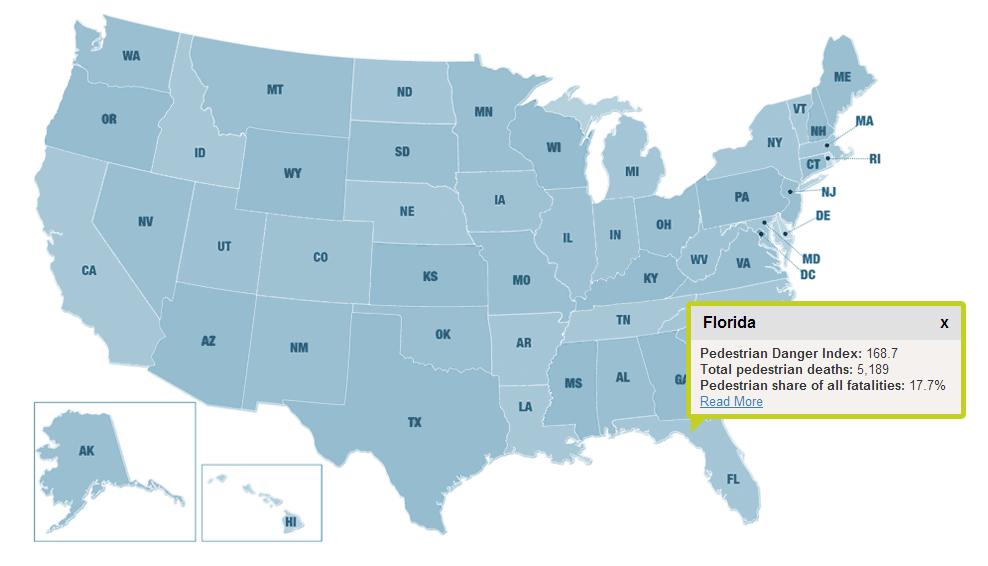
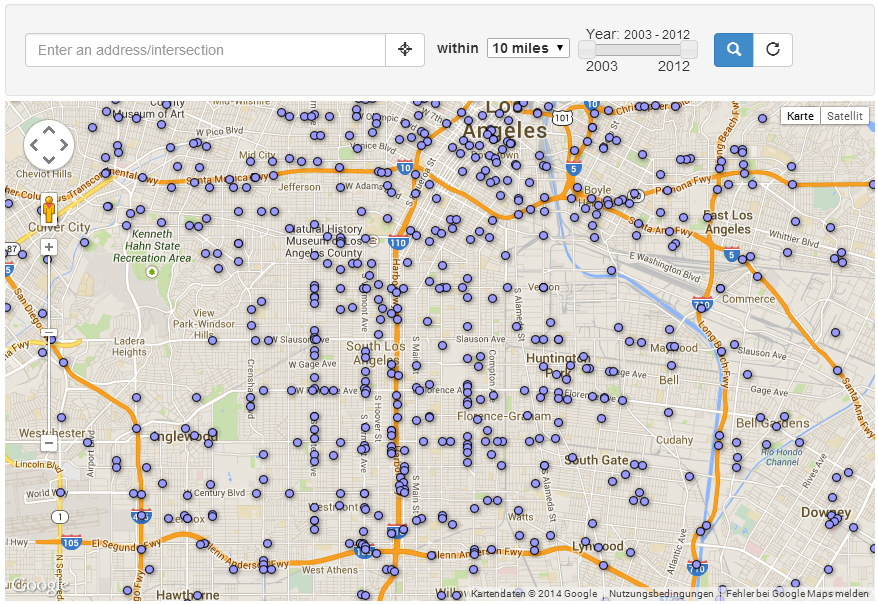
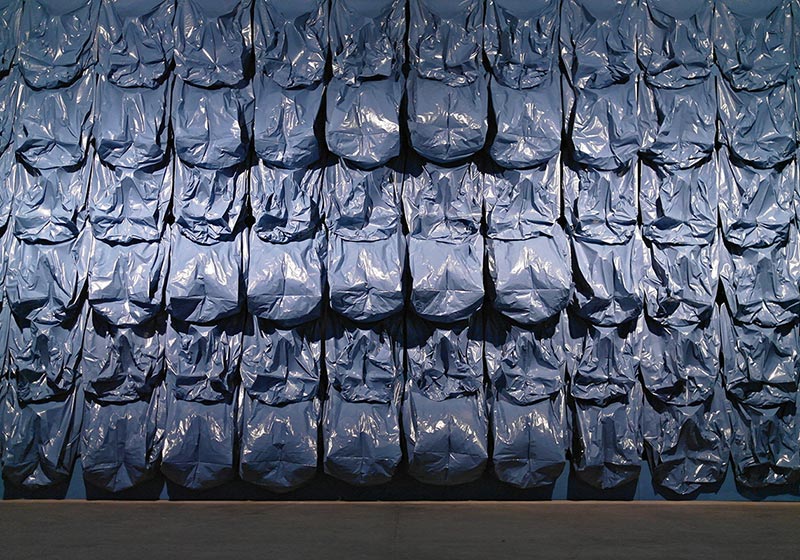
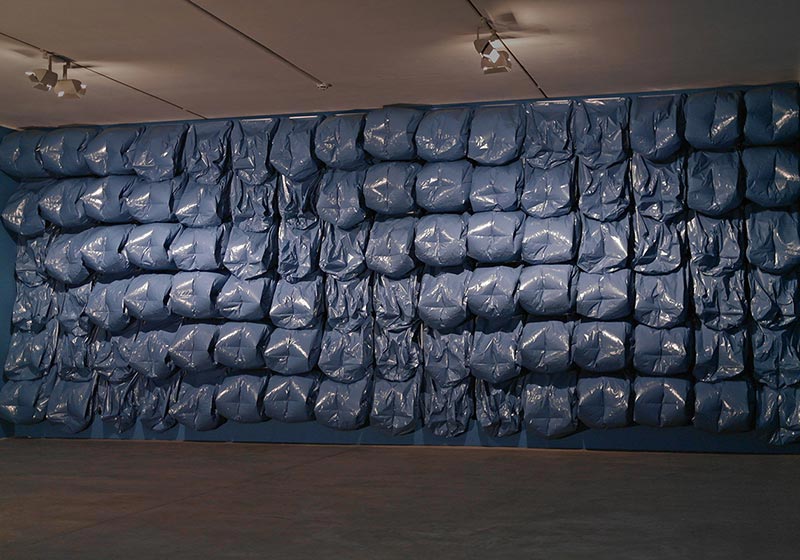
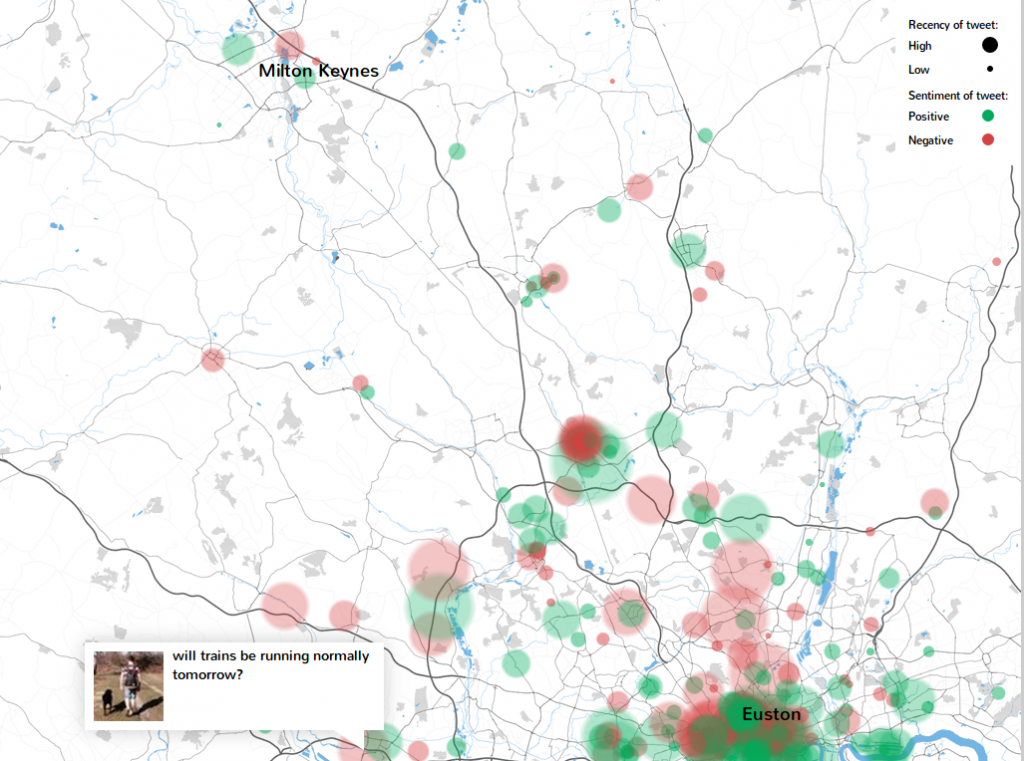
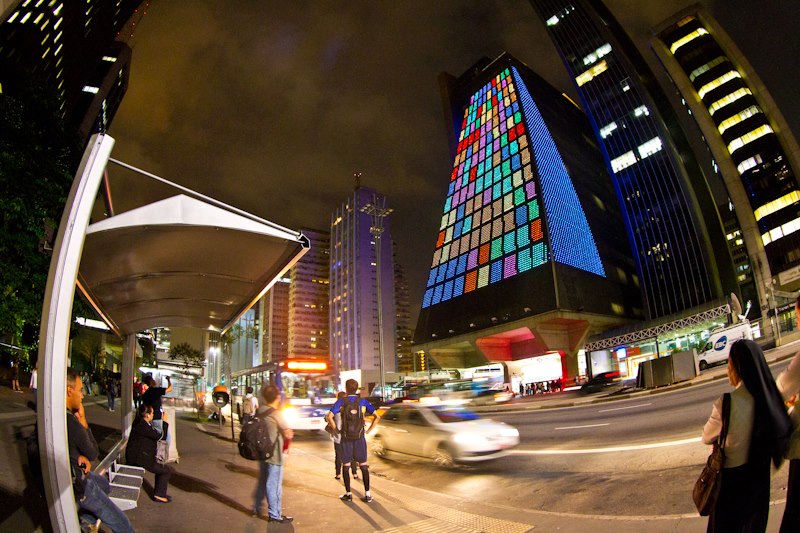 The facade of the SESI-SP digital art gallery was inaugurated in 2012, as a result of a pioneer initiative of
The facade of the SESI-SP digital art gallery was inaugurated in 2012, as a result of a pioneer initiative of 